Find out if there is starch in cabbage and what are the benefits and harms of starchy vegetables
Cabbage occupies an important place in the culinary traditions of many nations. Cabbage soup, borscht, salads, pies and much more are made from it. And sauerkraut has been given a special place among all this variety since ancient times. Indeed, in this form, the vegetable is much healthier than fresh. For example, in China, the builders of the Great Wall of China were fed with sauerkraut on rice wine. And it was back in the 3rd century BC. e.
The variety of cabbage varieties meets any taste preference. It contains a large amount of useful substances, has a beneficial effect on the body. We will tell you if there is starch in cabbage and how to check it.
The content of the article
Can you eat starchy vegetables?
Starch is a complex carbohydrate that, when it enters the human body, is broken down by enzymes, releasing glucose... It is one of the main sources of energy necessary for the vital activity of the human body. The substance quickly restores strength, saturates well, in some cases it can replace protein.
Reference. Starch satisfies 80% of the daily requirement of the human body for carbohydrates and replenishes the expended energy.
Starch is found in many vegetables, which should be eaten in moderation. According to this principle, all vegetables are divided into two groups: starchy and non-starchy.
The former contain a large amount of starch. This group includes potatoes, beets, carrot, corn, zucchini, pumpkin, peas, beans, rutabaga.
Non-starchy vegetables contain minimal amounts of starch and are low in calories. These include all leafy and green crops: cabbage, herbs, peppers, asparagus, spinach, cucumbers, sorrel, salads, etc.
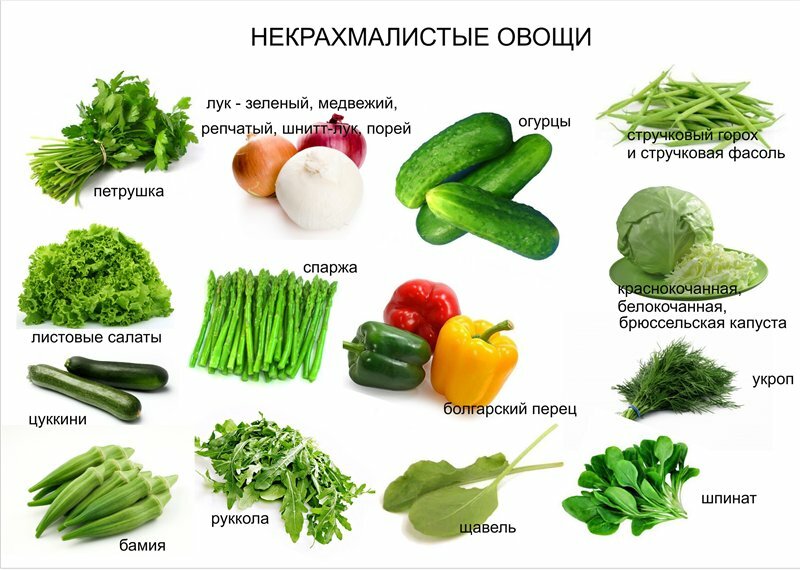
Benefit and harm
Natural starch contained in natural products has a beneficial effect on the human body:
- Normalizes metabolism.
- Acts as the main source of energy.
- Reduces cholesterol levels.
- Helps to strengthen the immune system.
- It has anti-inflammatory, enveloping and analgesic effects, which helps in the treatment and prevention of gastric ulcer.
- Supports acid-base balance.
- Removes excess fluid, eliminates swelling.
- Restores intestinal microflora.
- Normalizes the work of the digestive tract.
With improper or excessive use, such products can provoke the appearance of excess weight, cause fermentation processes in the stomach and intestines, manifested by nausea, flatulence, colic, and stool disorders.
Who are contraindicated
Vegetables with a high concentration of starch in the composition are not recommended for such diseases and conditions:
- diabetes;
- overweight and obesity;
- cardiovascular pathology;
- irregular bowel movements;
- allergic reactions or individual intolerance to the substance.
You also need to reduce their use for people leading a sedentary lifestyle, since starchy vegetables contribute to the accumulation of extra pounds.
It is interesting:
Is there starch in cabbage and in what quantity
Cabbage is a versatile vegetable, as its taste depends on the method of processing, cooking, added seasonings. It is low in calories and high in fiber. For these properties, it is appreciated in many cuisines of the world.
All cabbage varieties are very low in starch.
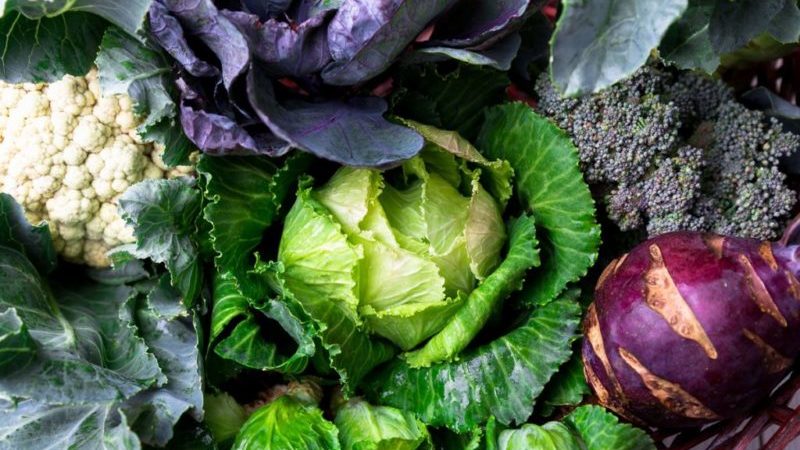
In the white
In white cabbage, starch is contained in small quantities. There are 0.03-0.10 g of the substance per 100 g of the product.
Cabbage contains a large amount of vitamins and minerals:
- vitamin K (in 100 g - 63% of a person's daily requirement);
- C (55%);
- B9 (24%);
- boron (286%);
- silicon (177%);
- potassium (12%);
- manganese (11%);
- chromium (10%);
- molybdenum (14%);
- cobalt (30%).
The vegetable has a high content of steroid compounds (campesterol and brassicasterol), which can reduce cholesterol levels in the human body by 10-20%.
The calorie content of 100 g of the product is 25-28 kcal.
It is interesting:
In the red
Red cabbage contains 0.7 g of starch per 100 g.
The vegetable is rich in various nutrients, in particular:
- vitamin K (100 g contains 124% of the daily value);
- C (67%);
- B6 (12%);
- silicon (93%);
- manganese (13%);
- potassium (12%).
The calorie content of 100 g of the product is 26 kcal.
In color
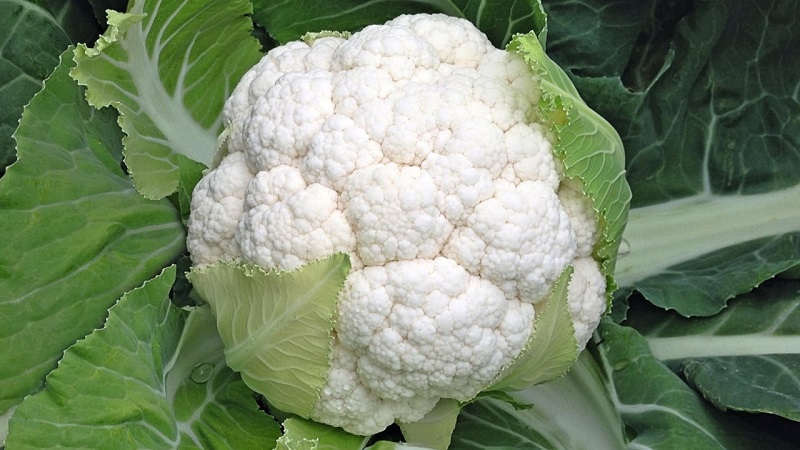
100 g of cauliflower contains 0.01 g of starch. The chemical composition is characterized by a high content of such useful elements:
- vitamin C (in 100 g - 100% of the daily value required by a person);
- B9 (41%);
- K (13%);
- boron (714%);
- silicon (73%);
- molybdenum (12%).
Cauliflower contains ample amounts of omega-3 unsaturated fatty acids. 100 g - 18.7% of the daily requirement of the human body.
The calorie content of 100 g of the product is 30 kcal.
In Beijing
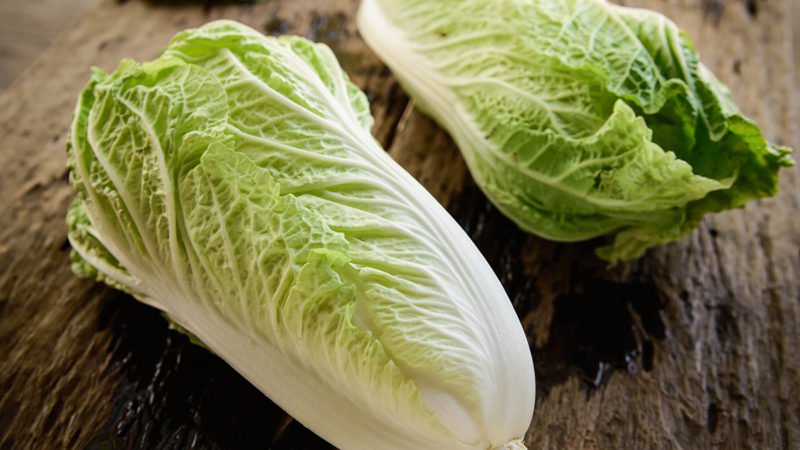
There is no starch in Chinese cabbage.
The chemical composition is represented by a high content of elements:
- vitamin A (in 100 g - 24.8% of the daily requirement);
- beta carotene (53.6%);
- vitamin K (37.9%);
- C (50.0%);
- B6 (14.9%);
- B9 (16.5%);
- calcium (10.5%).
The calorie content of the food product is 16 kcal per 100g.
In Brussels
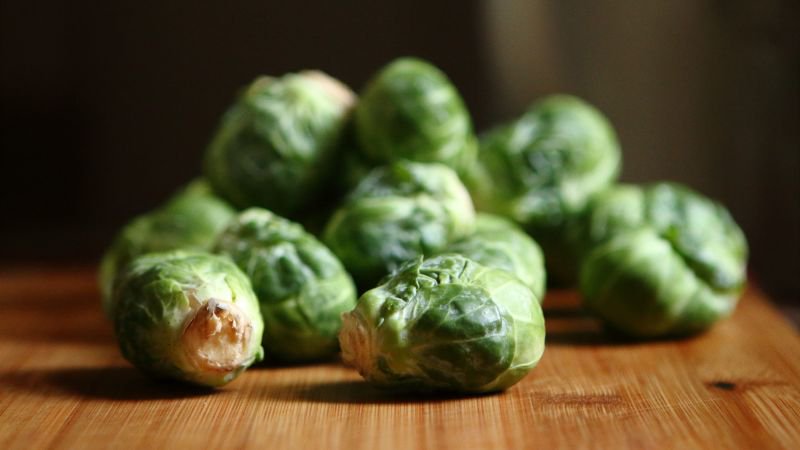
The starch content in 100 g of the product is 0.49 g.
Brussels sprouts are rich in the following substances:
- vitamin K (in 100 g - 208% of the daily value required by a person);
- C (111%);
- B6 (14%);
- B9 (32.5%);
- silicon (93%);
- manganese (13.5%).
- potassium (18%).
Compared to other cabbage varieties, the product stands out for its high content of omega-3 unsaturated fatty acids (24.7%).
The calorie content of 100 g is 35 kcal.
In broccoli
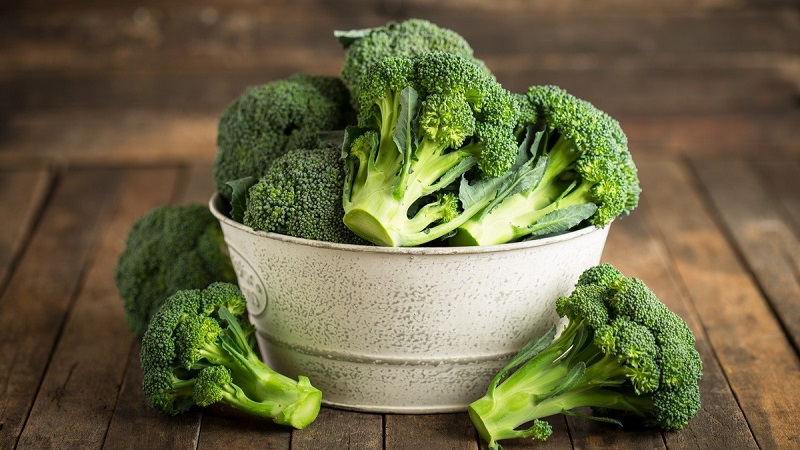
There is no starch in broccoli.
The composition is represented by a high content of elements:
- vitamin C (in 100 g - 99% of the daily requirement of the human body);
- B9 (16%);
- K (85%);
- silicon (260%);
- potassium (13%);
- sulfur (14%);
- boron (264%)
- iodine (10%);
- manganese (11%).
Broccoli is high in lutein and zeaxanthin (23.4%), which are essential for eye health.
Caloric content per 100 g - 34 kcal.
How to check cabbage for starch content
Check if there is starch in cabbage or not, perhaps at home. For the experiment, you need iodine.
Reference. When starch interacts with iodine, a blue staining reaction occurs.
It is necessary to sprinkle a few drops of iodine on the cabbage leaf or on the cut of the stump and observe the reaction. The darker and bluer the spot on the tested object, the more starch it contains.
The staining reaction does not occur on cabbage. The resulting spot is brown or light brown. This suggests that there is practically no starch in cabbage or a very meager amount that is not able to provide a reaction.
How and with what to eat starchy vegetables
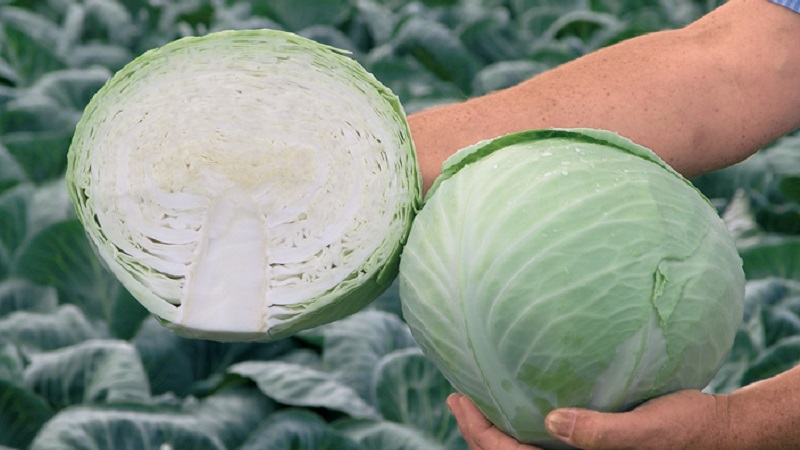
It is not recommended to combine starchy vegetables with sweet, sour, meat products, eggs, fish. Do not mix them with mayonnaise or eat them as a side dish. In particular, the addition of legumes and melons and gourds to cereals and flour products should be excluded.
Reference. It is permissible to consume only one type of starchy vegetables at a time. Otherwise, the digestibility of food will slow down.
Foods rich in starch are best eaten raw, boiled, baked. They can be combined with non-starchy foods and herbs, seasoned with sour cream, vegetable oil, cream.
For better assimilation, foods rich in B vitamins (walnuts, peanuts, almonds, tomatoes, cheese) are added to the menu.
Usage rates
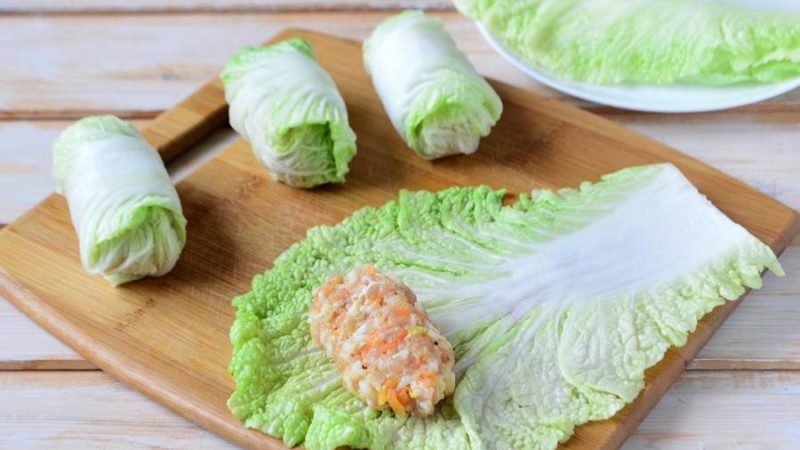
The norms for the use of starchy vegetables are individual. They depend on age, gender, physical activity, the presence of diseases or excess weight.
The average recommended amount of starchy vegetables for an adult is:
- men - 480-600 g;
- women - 360-480 g.
This amount is recommended to be distributed over 2-3 doses on different days during the week.
Reference. The amount of starchy vegetables can be increased if other sources of complex carbohydrates are poorly tolerated.
Among starchy vegetables, potatoes have a special place. It is better to eat it in limited quantities, no more than 3 times a week. According to Russian recommendations for rational food consumption, the optimal amount of potatoes per day is 240 g.
Conclusion
Human health largely depends on a balanced and nutritious diet. According to the norms of a healthy diet, plant foods must be present in the diet. However, some vegetables contain large amounts of starch. You should not ignore such products, because starch in moderation is good for the body. It is an important source of energy and replenishment.
Cabbage contains a small amount of starch, a lot of vitamins and trace elements, especially potassium, boron, vitamin C, K, group B. All varieties of vegetables are useful, have a low calorie content, saturate well and combine with other vegetables.